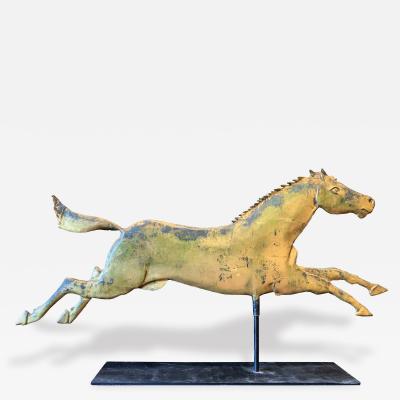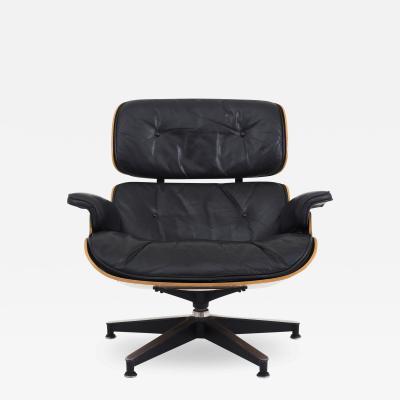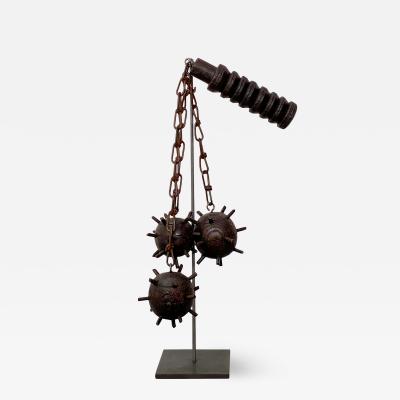Higgins Armory Museum
The Higgins Armory Museum contains one of the largest collections of ancient, medieval, and Renaissance arms and armor in the nation. Of all the grand, pre-World War II American collections of its type, it is the only one that survives intact and in its original structure. In addition, it is the only museum in the Americas dedicated solely to arms and armor.
The founding of the Higgins Armory Museum coincided with a golden age of economic and industrial growth in the city of Worcester, Massachusetts, in the late nineteenth and early twentieth centuries. As a major production center for heavy machinery and ferrous products, Worcester gained the title “Steel City” during this era. The museum’s founder, John Woodman Higgins, helped fashion this image. Growing up in an entrepreneurial family—his father was instrumental in establishing the Norton Company, the engineering school at Worcester Polytechnic Institute, and the modern trade school movement in America—Higgins developed an early appreciation for metal handicraft that he carried throughout his adult years. This interest manifested itself in the founding of Worcester Pressed Steel Company and in his passion for collecting armor, which gave birth to the Higgins Armory Museum in 1931.
Boston architect Joseph D. Leland designed the art deco steel frame building that houses the collection. It was one of the first multistory buildings in the United States with an exterior comprised entirely of steel and glass. In sharp contrast, the interior walls of the main galleries are constructed of plaster on metal, formed to resemble the stone Gothic arches of a medieval castle. The structure cost more than 300,000 Depression-era dollars to build. To mark the grand opening, a gala affair was held on the premises with Higgins’s sons dressed in armor and music provided by members of the Boston Symphony Orchestra. In recognition of its architectural significance, the building was listed on the National Register of Historic Places in 1980.
For the first forty years after its founding, the Higgins Museum’s main gallery was divided into Ancient and Modern wings, with exhibits showcasing both historical and modern steel products, ranging from Renaissance suits of armor to a Piper Cub aircraft suspended from the vaulted ceiling. The modern displays were eliminated in the 1970s.
The museum’s current mission is to present the history of arms and armor in a broad cultural context: preserving, researching, exhibiting, and interpreting its collections for the benefit of the general public and specialized audiences. During the past five years alone, the museum has served more than 375,000 teachers, students, scholars, historians, collectors, and others who have visited its galleries or attended outreach programs. Corporations and individuals rent the Great Hall for functions, from weddings to annual meetings. Children attend innovative school vacation day camp and other programs, with scholarships for needy children sponsored by corporations and vendors. Volunteers provide guided tours, work at the medieval festival “Higgins Faire,” conduct workshops such as the Genealogy Brown Bag Lunch, work in the library, and demonstrate medieval arts such as swordplay. After more than seventy years, the Higgins Armory Museum remains committed to using its specialized collections to teach the broad lessons of history.
Visitors to the Higgins Armory Museum in 2001 will see the exhibitions Romance in Steel: the Heritage of Armor, which examines the ongoing fascination with armor from the time of its disappearance from the battlefield to the present day; Shields of Faith: Russian Icons from the 16th to the 20th Centuries, highlights devotional images that illustrate the artistic individuality that radiates from these rigidly prescribed objects; and The Age of Armor, an exhibition on change and continuity in armor over time, reflecting contextual factors such as social structure, military dynamics, aesthetic tastes, and technological capabilities.
The Higgins Armory Museum is located on Barber Avenue in Worcester. For information on programs and hours of operation, call 508.853.6015, or visit www.higgins.org.
































